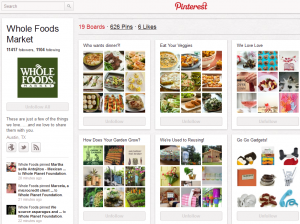In 2010, Rice University conducted a Facebook study on Dessert Gallery (DG), a popular Houston-based bakery and café chain to assess the effectiveness of Facebook marketing on customer loyalty.
Researchers in the Rice study claim that Facebook changed customer behavior for the better.

According to the study, Facebook fans of Dessert Gallery made 36 percent more visits to DG’s stores each month; spent 45 percent more of their eating-out dollars at DG; spent 33 percent more at DG’s stores. In addition, they were more likely to recommend DG to friends and had greater emotional attachment to the company.
However, it does make one wonder whether the findings of this study can be applied to other companies as well? Does having a Facebook fanpage with a high number of followings correlate to more effective marketing?
In my opinion, I do not think that a high Facebook following necessarily indicates an effective marketing strategy. I believe that there should be more concrete tools in measuring the success of a company’s online marketing efforts and in my research I came across some recommended links that would help a manager measure more accurately the effectiveness of the company’s social media effectiveness.
An example is klout.com that measures a company’s ability to drive action in social networks. The website processes this data on a daily basis to give an updated Klout Score each morning.

Here are a few of the website uses to measure influence:
- : Retweets and Mentions
- : Comments, Wall-Posts, Likes
- : Comments, Likes
- : Tips, To-Do’s, Done
- : Comments, Reshares, +1
I think this website serves as a better tool in measuring the effectiveness of a company’s online marketing efforts as it takes into account the online presence of the company’s website from many different social media platforms While it is not perfect, I believe that the company will still be able to obtain useful information from the results from this tool.
Harvard Business Review article on Rice University Facebook study


